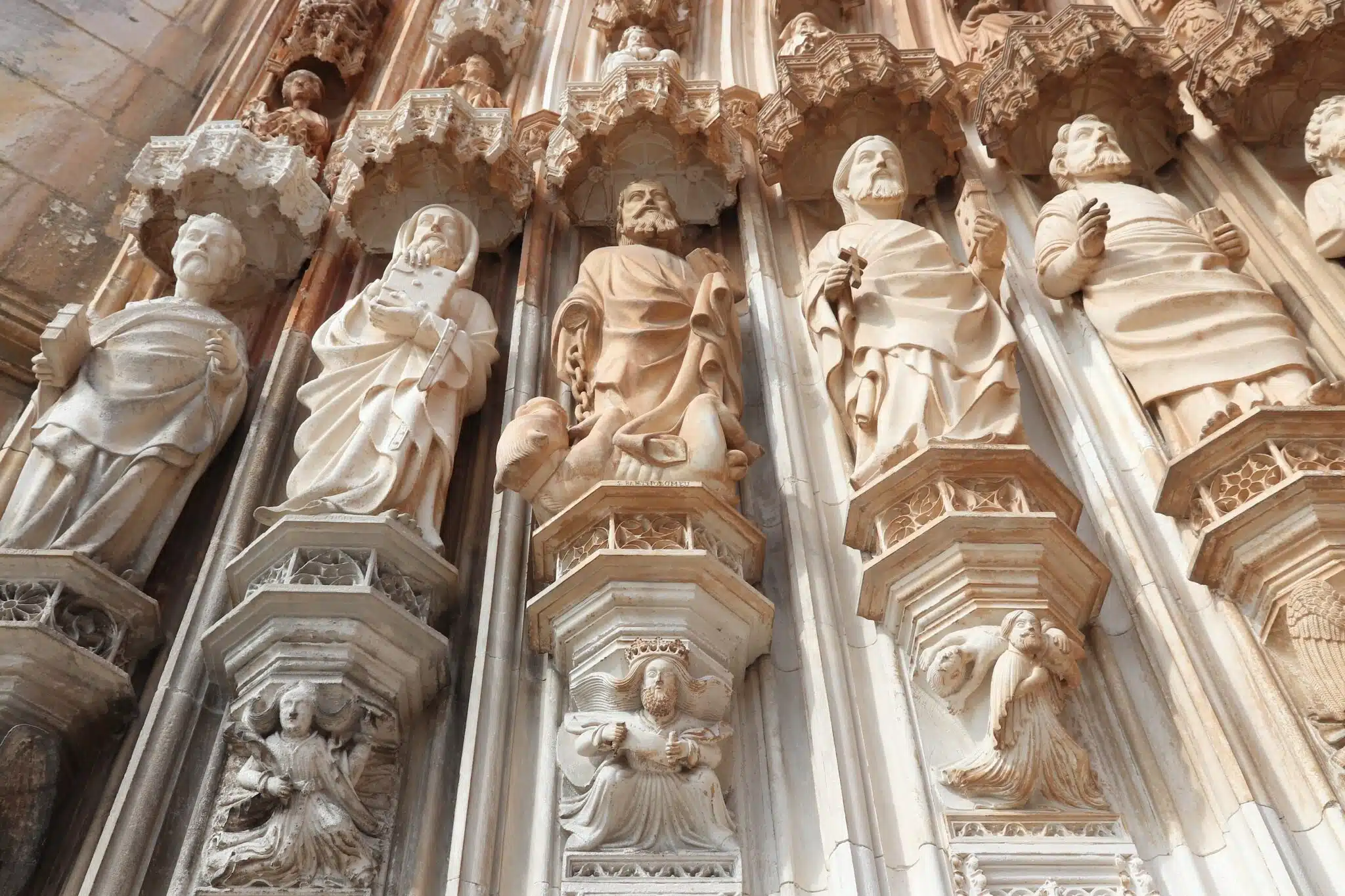Saint of the Day
Seven Saints You’ve Never Heard Of

St. Hemma of Gurk? St. Deicolus? St. Romanus of Le Mans? These saints are not household names, but maybe they should be! Although the Church recognizes thousands of saints, a relatively small number of them are well known to most Catholics. Meet seven obscure saints—men and women, single and married, from all corners of the world—whose exploits have been lost to most of us. Each person’s life highlights something that can be applied to today’s circumstances.
The reason the Church presents us with saints is that each one is a beautiful mosaic tile. Now, ordinarily, individual mosaic tiles are nothing to behold. They may be jasper, cornelian, teal, gold, or whatever, but they are just teensy little boring tiles. Saints, on the other hand, are mosaic tiles that are beautiful, breathtaking to behold on their own, even apart from the larger magnificent picture they help to create.
Enjoy these holy unknowns!
Rasso of Andechs
The Gentle Giant • ca. 880—d. 953 • Memorial: May 17 and June 1
Page through a history book for epic, decisive events, such as battles, treaties, and technological advances. Besides the major players, consider the others who helped make these things possible, most of whom are not even a footnote. St. Rasso, for instance. He was six-foot-six, and his gentlemanly bearing was as impressive as his stature. His height and his formidable military skills won him many jousting tournaments. All of this prepared him for his valorous conduct in two battles that established his reputation. Click here to read more.
Faith of Conques
Richard of Lucca
We know little about St. Richard, a pilgrim who, St. Bede says, ruled the old British kingdom of Wessex from roughly 688 to 725. He is thought to be the grandson of Queen St. Seaxburha and the brother-in-law of St. Boniface, and his name probably wasn’t Richard but Hlothere. We also know he was married and had three children, all of whom became saints: Walburga, Wunibald, and Willibald. After a 37-year reign, King Richard abdicated in order to better pursue his goal of being a saint. Click here to read more.
Fiacre
Worker of the Land • b. 7th century–d. August 18, ca. 670 • Memorial: August 18
When we think of saints, we think of, well, people who were perfect. They didn’t hold grudges or stereotype people. Well, St. Fiacre is proof that God can write straight with crooked lines. The son of an Irish king, Fiacre was entrusted to St. Conan for his education. Conan taught him to love our Lord and prayer. After his ordination, Fiacre went to live as a hermit in County Kilkenny. He knew how to use herbs and homeopathic remedies to great effect, and this drew huge numbers of people. Click here to read more.
Romanus of Le Mans
Deicolus of Lure
A Saint for Senior Citizens • ca. 530–January 18, 625 • Memorial: January 18
Circumstances permitting, we expect the elderly to retire and do their own thing. After all, they have worked hard for decades; now they should enjoy the rewards of their labors. We certainly don’t expect them to bear much fruit during this period in their lives. However, St. Deicolus of Lure shows us otherwise. In 576 they arrived in Gaul, modern-day France, and Columban established his base at Luxeuil. The work was hard, but St. Deicolus did whatever his abbot asked of him in the service of the gospel. Click here to read more.








